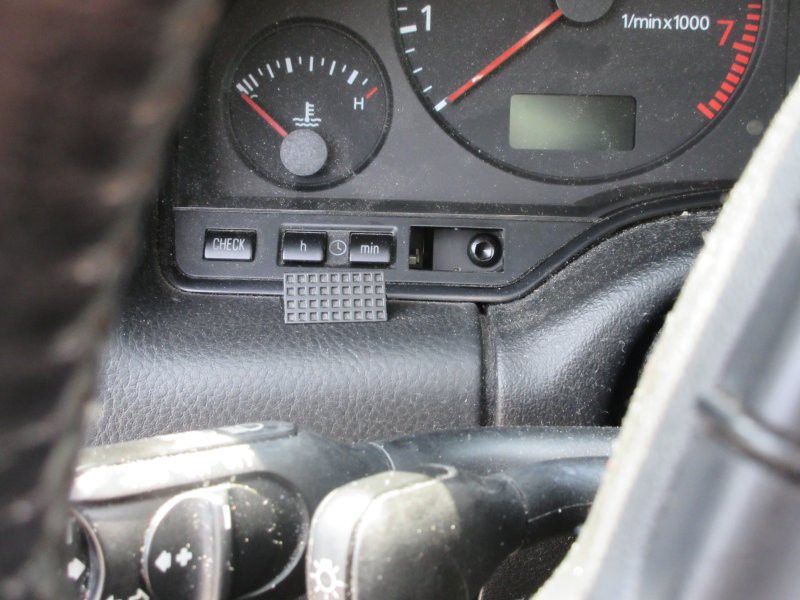While this main project describes the human integration device (Integron) for living spaces, it does not address what you do when you are not in a general living space such as home or office. The automobile is another common living space in our private lives that we personally control.
But it is a mobile one, and one where (at least currently) our faculties are tied up with the activity of driving. So there are some considerations there for a mobile human integration device. The main function is still the same, however. The tie in to leverage the rest of the network of simple nodes to deal with your personal, private data systems is the same.
Home and office are living spaces, as is the little bubble of the automobile. The personal mobile bubble of a person is another one, that is not bounded by the confines of a vehicle. We do see people walking down the street speaking into their bluetooth headset, or engrossed in their smartphone screen - these are just human integration devices at work on the personal mobile space. There's also Google Glass and smart watches.
Maybe in the future, the ubiquity of small simple computers in public spaces will allow us to technologically move though our personal living spaces, our mobile bubbles, without being encumbered by too much attention-stealing equipment. What's going on in our own dataspace is very important to us, and it has caused us to make a compromise with situational awareness. It is clear that we can think while walking. The problem is time-serializing interfaces, in my opinion. So it is a public safety issue as well! The hands-free driving laws validate that idea.
It would be great if your biometric data could follow you anonymously through nodes, and levels of access to it by the network itself was granted or revoked by you. Additionally, a similarly moving interface point for you to hit your remote data securely, with similar permissions handles, would allow you to have mobile integration through public spaces. If an organizing principle allowed companies and people to allocate a small portion of their gear to support this private interfacing, the interaction with computers and physical machines could really be much more pleasant and have less overhead.
The data may be split across multiple connectivity providers - providing even more security, and also failsafes and redundancy for data transfer.
Well, for now, the smartphone will continue to be the primary personal bubble interface. For now, the Reactron network will be concerned with home, office, and car - all spaces in one's personal control. A smartphone integration app can extend some utility when you are just walking out in the world, the idea being that the phone is in your control as well. The problem there is that at best, your phone only has a few hints that you are in fact you. Maybe an app can enforce additional, better security.
 Kenji Larsen
Kenji Larsen
Discussions
Become a Hackaday.io Member
Create an account to leave a comment. Already have an account? Log In.